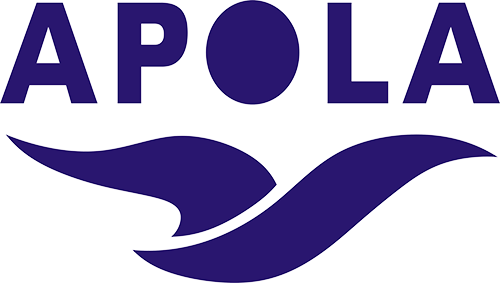History
During the 1850s in Sydney, NSW, Councils employed staff to manage protected waters and swimming pools in and around lakes, estuaries, lagoons and harbours. These managers provided water safety as part of their overall regulatory role and by the 1880s coastal Councils employed numerous foreshore managers who performed water safety duties as well as managing foreshore areas including beaches.
The increase in surf bathing popularity following the legalisation of swimming at beaches in daylight hours in the early 1900s resulted in a greater number of foreshore managers providing first aid and performing ocean rescues. At this time the first beach inspectors were employed to manage beach activity and beach water safety.
Some Australian Councils today continue to incorporate the term ‘beach inspector’ as part the job title for their professional ocean lifeguards.
Association History
The first association of Local Government employed aquatic professionals was founded in 1937 and known as the Beach and Pool Officers Association.
Later in 1974 the Sydney based Institute of Professional Lifeguards and Beach Management was formed after which the Australian Professional Surf Lifeguards Association (APSLA) was formed in a partnership with Surf Life Saving Australia.
Following the dissolution of APSLA in March 1984 the Australian Beach Inspector Lifeguard Association (ABILA) was formed and upon incorporation as a not-for-profit Association in January 2000, the Association become known as the Australian Professional Ocean Lifeguard Association Incorporated (APOLA).
With a rise in the number and nature of aquatics parks, the arrival of wave pools, and the increasing public access to numerous protected waters and previously restricted waterways and lakes, Association activity expanded beyond open waters aquatics and subsequently a new name was adopted on May 2022 – the Australian Pool and Ocean Lifeguard Association Incorporated (APOLA).

